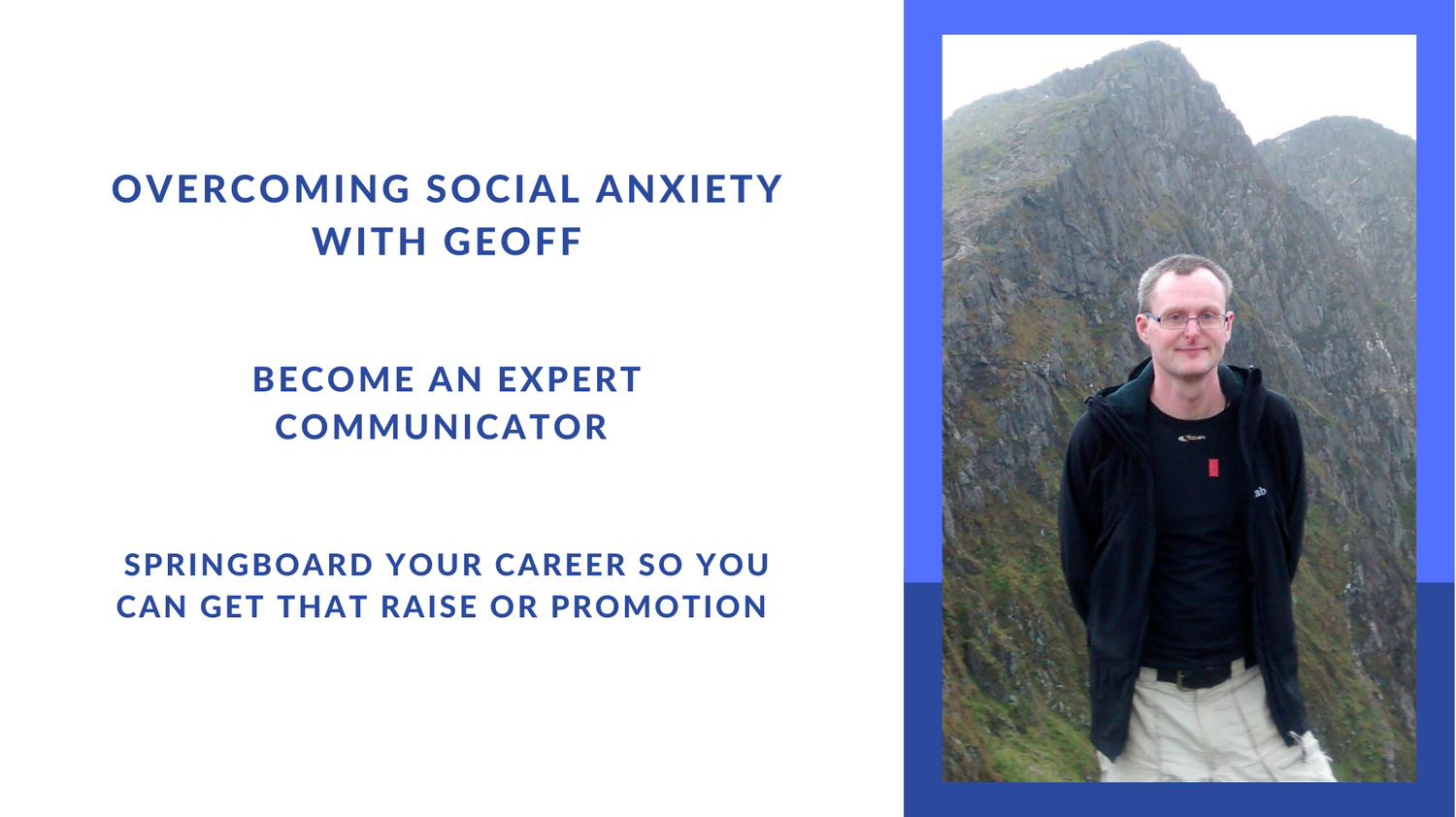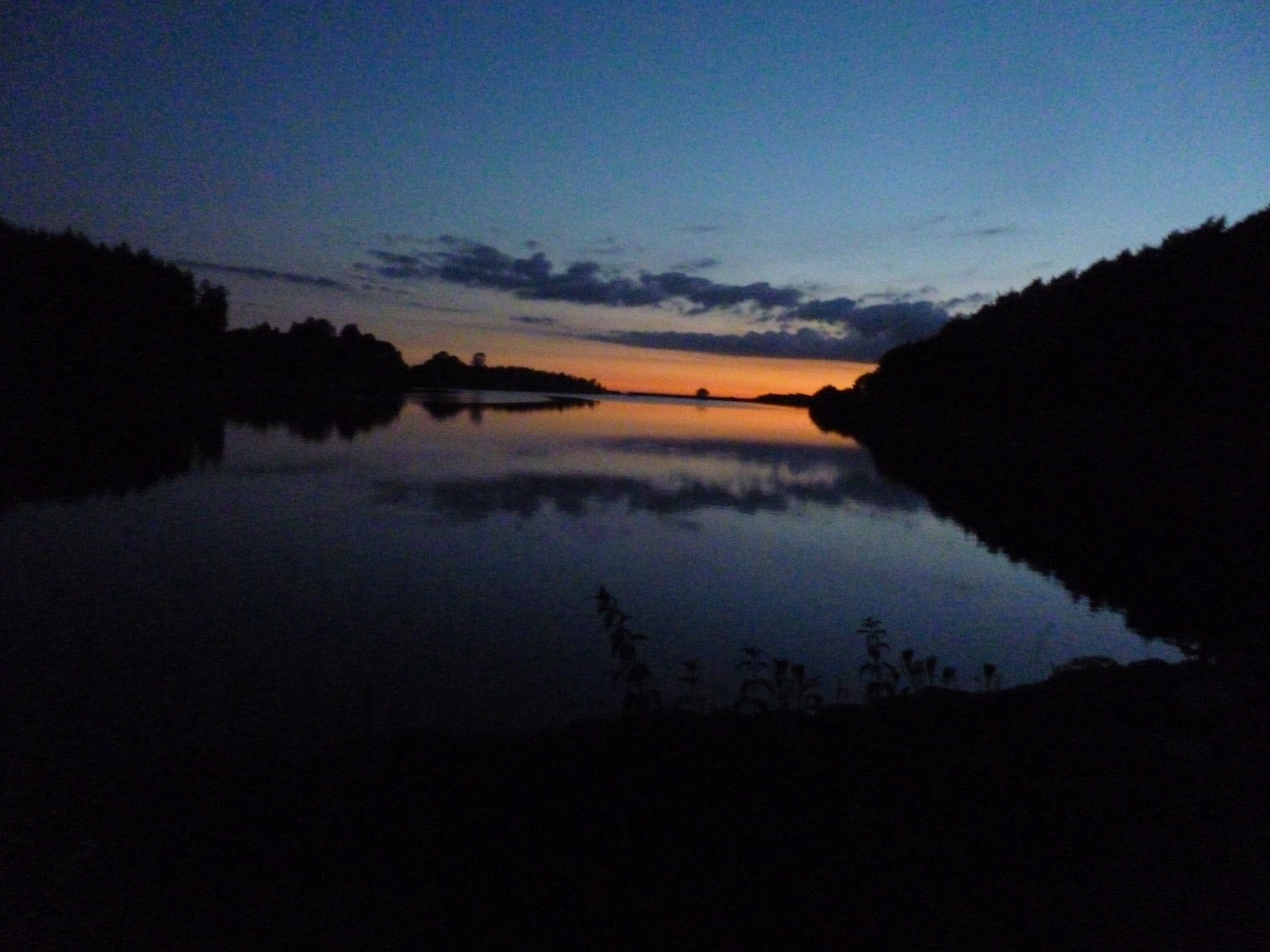There are many types of shoulder injuries. Frozen shoulder, also known as adhesive capsulitis, is what happens when your shoulder capsule thickens, making your shoulder stiff, tight, and hard to move. The shoulder then forms bands of tissue called adhesions. The end result? Pain and an inability to move your shoulder over time. This can make it hard to do tasks like reaching overhead or reaching behind you.
Acupuncture is a safe and effective way of treating frozen shoulder. Acupuncture needles are inserted around the shoulder area (front and back), upper arms, elbow, hand and in any relevant myofascial trigger points. It helps to reduce inflammation, pain and shoulder stiffness. Acupuncture and moxibustion, along with appropriate exercises I will demonstrate, help to increase range of motion and mobility by increasing blood flow to the area.
The Effectiveness of Acupuncture in the Treatment of Frozen Shoulder is discussed in the Journal of Evidence based and complimentary medicine. The Effectiveness of Acupuncture in the Treatment of Frozen Shoulder: A Systematic Review and Meta-Analysis (hindawi.com)








